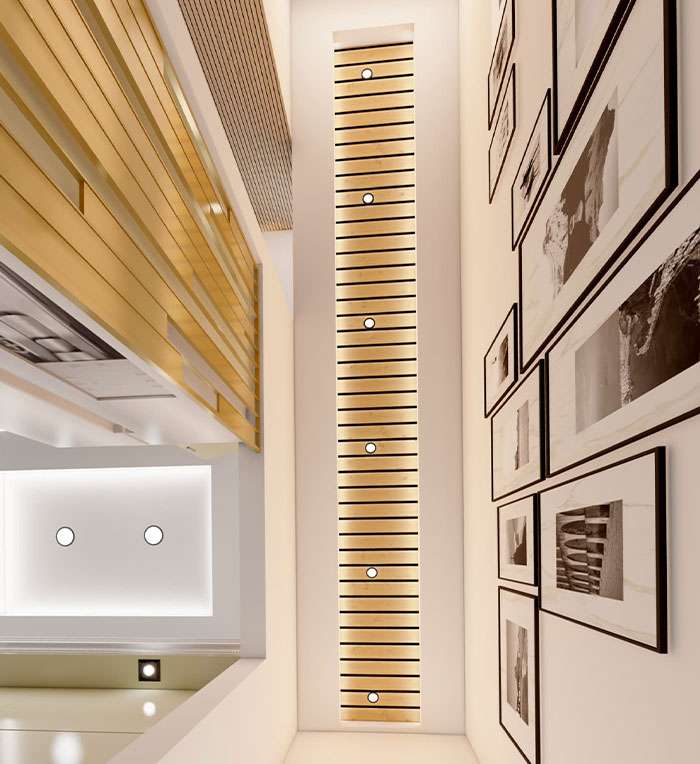
Lighting Design Services in London & UK-Wide
Intelligent Lighting That Elevates Mood, Function and Design
At Oraanj Interior Design, lighting is never an afterthought — it’s a design tool we use to enhance atmosphere, improve functionality, and bring your space to life.
Our lighting design service is ideal for homeowners, renovators, and property developers who want a cohesive lighting plan that complements architectural features, elevates design, and works beautifully throughout the day and evening.
We offer lighting design in London and across the UK, whether you’re updating a single room or planning a full home renovation, we provide bespoke solutions tailored to your space, day-to-night lighting needs, and unique style.
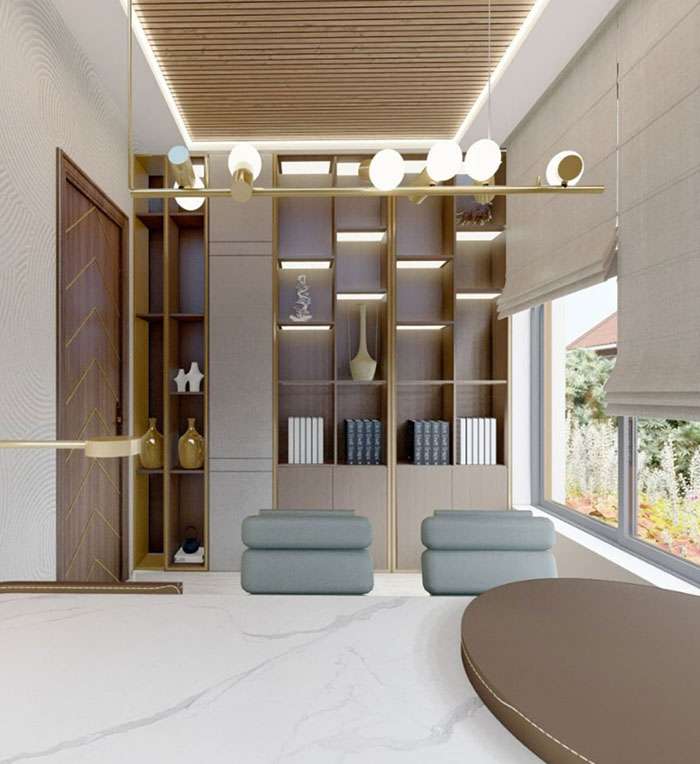
What Is Lighting Design — and Why Does It Matter?
Lighting isn’t just about brightness — it shapes how you feel in a space. Good lighting can:
- Highlight architectural elements and artwork
- Improve room functionality and flexibility
- Define zones in open-plan spaces
- Make rooms feel more luxurious and well-composed
- Support your lifestyle with layered, ambient, task and accent lighting
We move away from generic, overhead fixtures and create layered, elegant lighting schemes tailored to your lifestyle, helping every room feel perfect at any time of day.
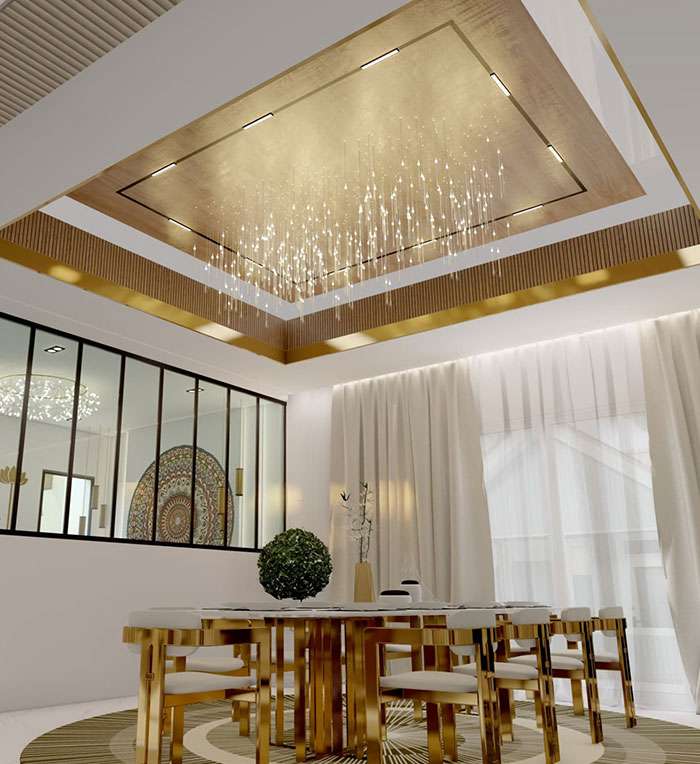
What’s Included in Our Lighting Design Service
- Full lighting layout plan per room
- Zoning and control planning (e.g. dimmers, circuits, smart lighting)
- Task lighting for kitchens, studies, bathrooms, etc.
- Ambient and accent lighting placement to enhance mood
- Fixture recommendations (including from trade-only lighting brands)
- Lighting + socket placement integrated into your electrical layout (CAD-ready)
- Optional coordination with AV or smart systems
This service can be booked as a standalone offering or integrated into any of our full-service design packages.

Who This Is For
Our lighting design service is ideal for:
- New builds and extensions that need a lighting layout from scratch
- Homeowners modernising their interiors with layered lighting
- Clients already working with us on interior or FF&E (furniture, fixtures, & equipment) packages
- Renovators who need electrical layouts aligned with final furniture plans
How It Works
Brief & Room Overview
You tell us how many rooms you’d like designed and how each space will be used.
Survey or Floor Plan Review
We review your plans or conduct a site visit (charged at £150, deductible if you proceed).
Lighting Concept & Layouts
We create room-by-room lighting layouts that define zones, functions, and fixture types — tailored to your design vision and lifestyle.
Technical & Fixture Pack
We prepare a lighting pack with:
- Scaled lighting plan (CAD-ready if required)
- Suggested fixtures or supplier options
- Control recommendations (circuits, dimmers, smart options)
Turnaround:
Typically 2–3 weeks depending on project size.
Typically 2–3 weeks depending on project size.
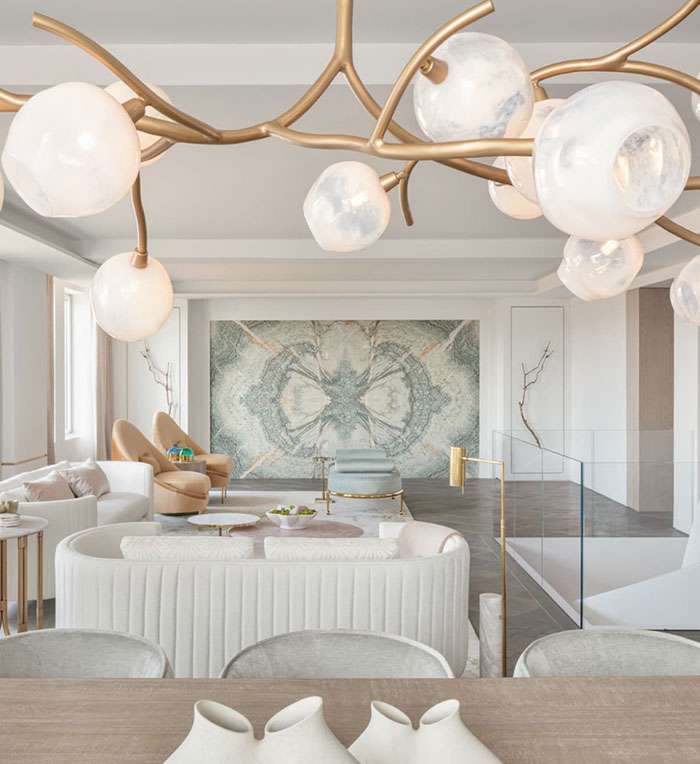
Optional Add-Ons
- Lighting fixture sourcing via trade-only brands
- Moodboard or interior package coordination
- Full M&E integration with your main contractor or AV team
- Smart lighting system consultation
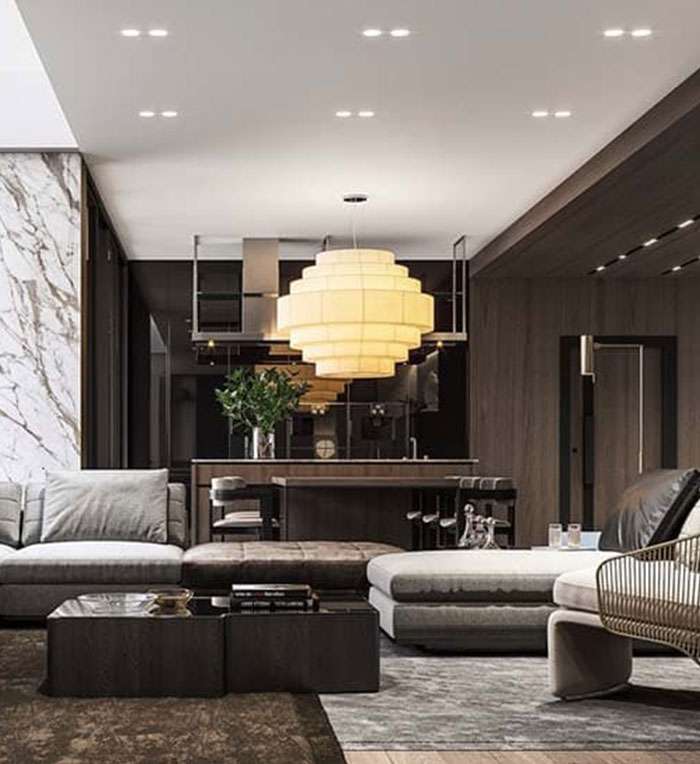
Why Lighting Design with Oraanj?
- 8+ years experience integrating lighting with interior architecture
- Expertise in design-led and functional lighting
- Access to luxury lighting brands via our trade network
- Integration with AV, smart home and joinery design
- Beautifully layered lighting that works and wows
Frequently Asked Questions
Can you source lighting products for me?
Yes! We can manage the procurement of lighting fixtures through our Design + Procurement or Full-Service package.
Is lighting design part of your other packages?
Yes — it’s included in our Full-Service package and available as an add-on to Design + Procurement.
Can I get help choosing decorative lights only?
Absolutely! If you only need styling advice or sourcing for feature pendants, lamps, or other decorative lighting, we offer this as part of our FF&E service.
Lighting should feel as thoughtful as the furniture around it. Let us help you design a plan that brings your home to life — beautifully, practically, and professionally.


